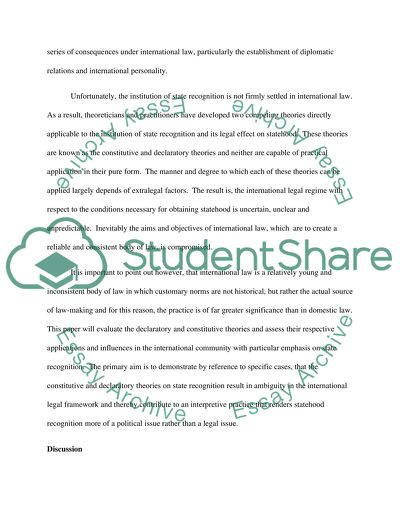Cite this document
(The Role and Function of the Declaratory and Constitutive Theories of Case Study, n.d.)
The Role and Function of the Declaratory and Constitutive Theories of Case Study. Retrieved from https://studentshare.org/law/1560486-the-role-and-function-of-the-declaratory-and-constitutive-theories-of-state-recognition-in-the-international-community-and-having-regard-to-the-distinction-be
The Role and Function of the Declaratory and Constitutive Theories of Case Study. Retrieved from https://studentshare.org/law/1560486-the-role-and-function-of-the-declaratory-and-constitutive-theories-of-state-recognition-in-the-international-community-and-having-regard-to-the-distinction-be
(The Role and Function of the Declaratory and Constitutive Theories of Case Study)
The Role and Function of the Declaratory and Constitutive Theories of Case Study. https://studentshare.org/law/1560486-the-role-and-function-of-the-declaratory-and-constitutive-theories-of-state-recognition-in-the-international-community-and-having-regard-to-the-distinction-be.
The Role and Function of the Declaratory and Constitutive Theories of Case Study. https://studentshare.org/law/1560486-the-role-and-function-of-the-declaratory-and-constitutive-theories-of-state-recognition-in-the-international-community-and-having-regard-to-the-distinction-be.
“The Role and Function of the Declaratory and Constitutive Theories of Case Study”. https://studentshare.org/law/1560486-the-role-and-function-of-the-declaratory-and-constitutive-theories-of-state-recognition-in-the-international-community-and-having-regard-to-the-distinction-be.


